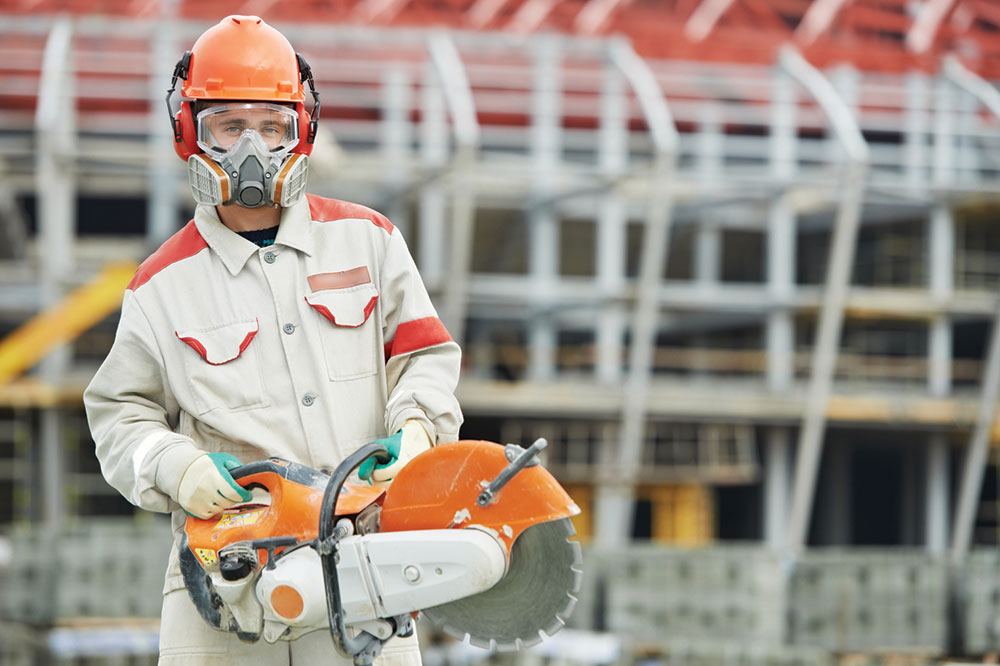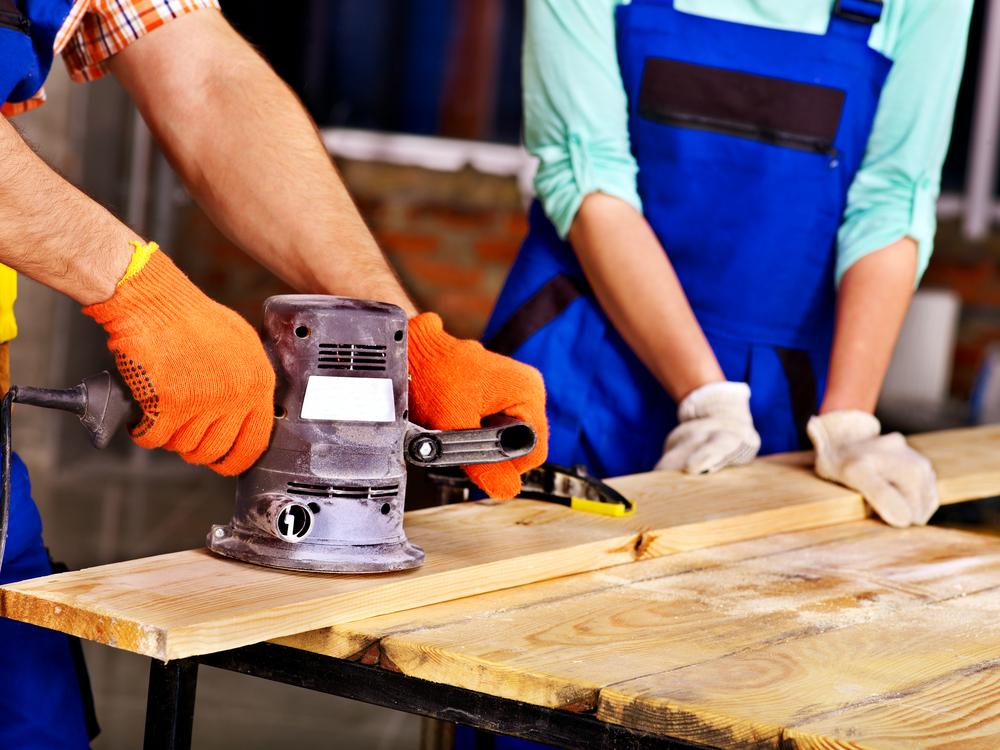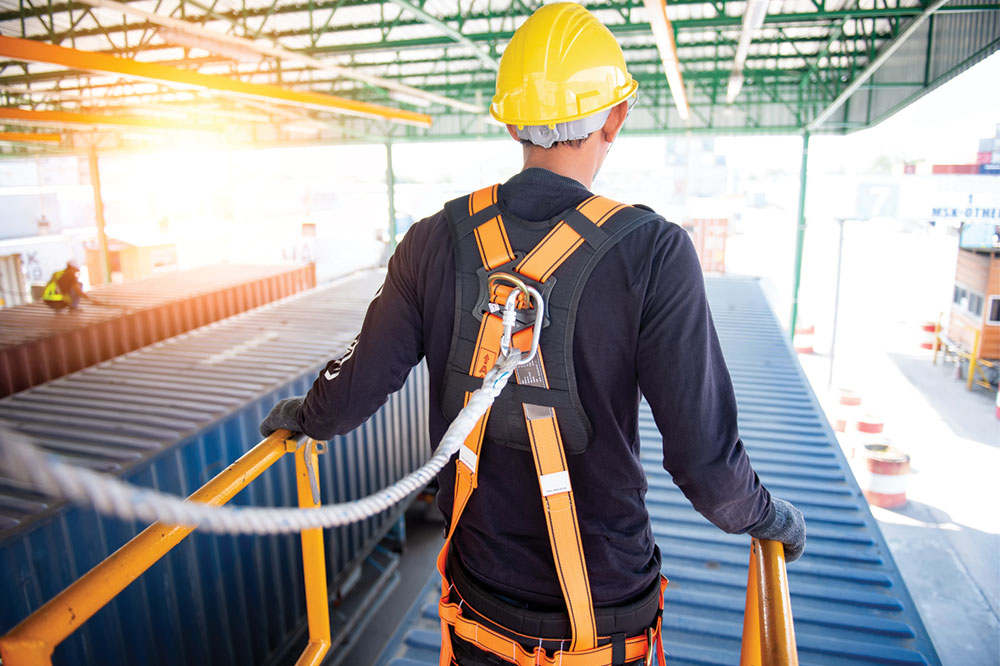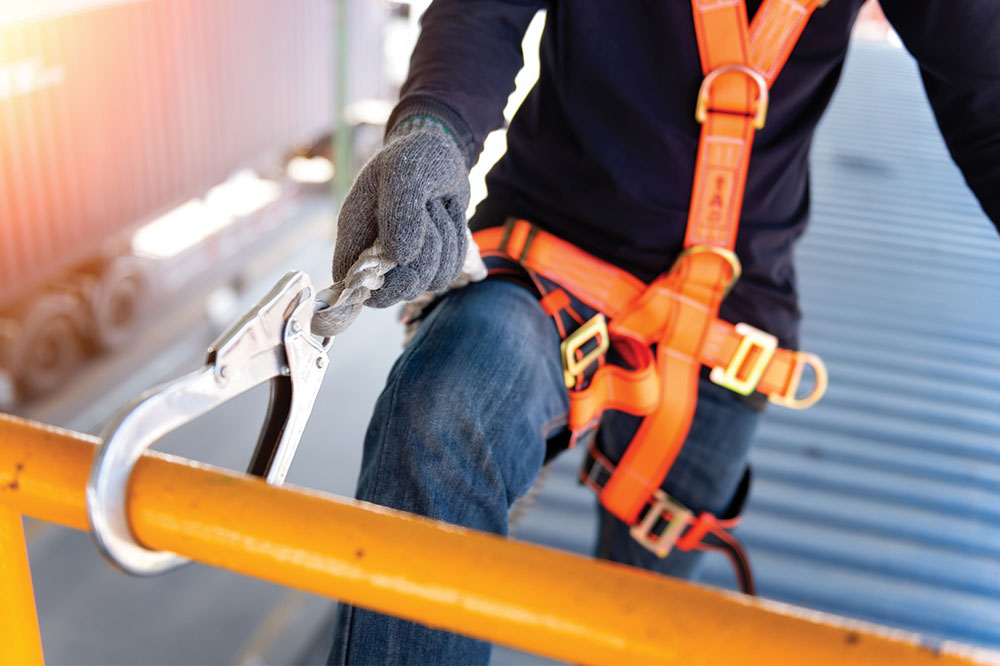Essential Protective Gear Types and How to Choose the Right One
This comprehensive guide details various protective equipment essential for high-risk occupations, including hand protection, headgear, and safety harnesses. It offers tips on selecting the right gear based on usage, weight, and safety needs, emphasizing online purchasing options. Ensuring proper safety gear is paramount for workplace safety, especially in construction and industrial settings.

Some jobs, like construction or firefighting, entail significant safety risks. It’s crucial to prioritize safety by using the appropriate protective gear. This article highlights various types of protective equipment essential for different professions.
Types of Safety Equipment
Hand Protection
This category covers gear to shield your hands. Options include welding gloves, heat-resistant gloves, electrical-insulated gloves, cold-weather gloves, driver’s gloves, disposable gloves, cut-resistant gloves, and coated gloves. Select based on your specific needs, and you can purchase these online for convenience.
Head and Face Protection
Protects the upper body from potential hazards. Available products include welding helmets, face shields, headgear, liners, and hard hats. These can often be bought at competitive prices through online stores.
Safety Harnesses
A safety harness is vital when working at heights. It secures you to a fixed point via a lanyard, minimizing injury from falls. Besides safety, harnesses enable you to work more freely and efficiently, especially in construction. These can be purchased from specialized safety stores.
Key Factors for Choosing a Safety Harness
Usage Frequency
Assess how often you will use the harness. This impacts the cost and brand choice.
Size and Weight Capacity
Not all harnesses are the same. Ensure the harness you select can handle your weight, especially if you carry heavy tools. Most models support up to 300 lbs; heavier loads require reinforced options.
Disclaimer
The articles on our platform span multiple categories, providing useful insights to readers. However, we advise readers to conduct their own research as the information may vary across sources. We are not responsible for inaccuracies or differences in data, and some deals or offers might not be included.







